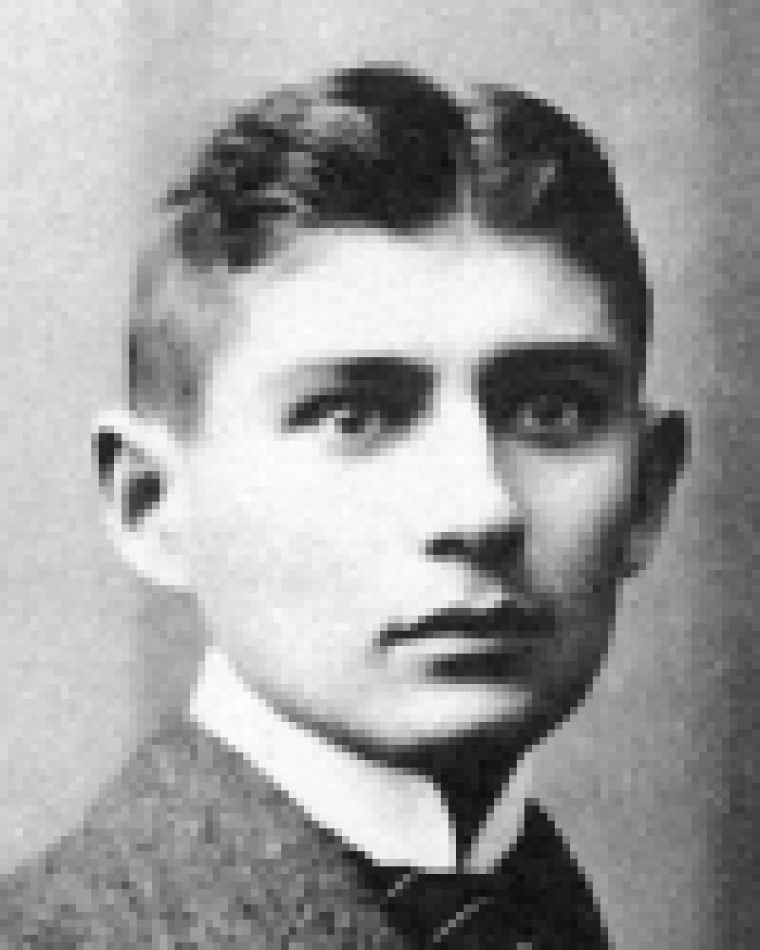This presentation focuses on the contribution of literature to a new perception of power structures in Western society in the context of theories by Foucault, Agamben and Luhmann. In Kafka’s novel The Trial (1914-15), Josef K., a bank clerk in middle-manage-ment, is a small fish in the hierarchy of a society on the verge of collapse during World War I. K. strives to contact the highest authority in order to justify himself and his life style, for which he feels persecuted by openly improper and corrupt judicial procedures. Kafka illuminates K.‘s futile attempts to enter into a liminal center of power where right or wrong, justice or injustice remain out of reach. Kafka was the first writer, who imagined--not without irony--a glimpse of the subtle powers that inscribe their will into our life in society.
Almost 100 years later, Streeruwitz, also ironically, presents in her abrasively funny novel Crossings. (2008) the opposite of K.: the powerful and rich CEO-billionaire Max, a creature of post-modern times. The protagonist’s enormous wealth virtually equals supreme power. He fully utilizes society's traditional structures for his own personal pleasure and profit. No higher justification is needed. Yet this protagonist is nevertheless endangered both through real and imagined fears. Therefore, he works on becoming invisible at a secret location as a quasi-Almighty to pursue his despicable exploitation free from any interference by potential enemies such as todays Joseph K.s, trying to topple him.
In both novels, a gender aspect plays an important role. Kafka's text shows women as victims as well as collaborators of powerful men. This aspect is strengthened in Crossings., since Streeruwitz probes recent repercussions of women’s increase in equality.
It is our pleasure to introduce Helga W. Kraft Ph.D. , Professor of German Studies, e.m., University of Illinois at Chicago who will be presenting during our last symposium of the year.


